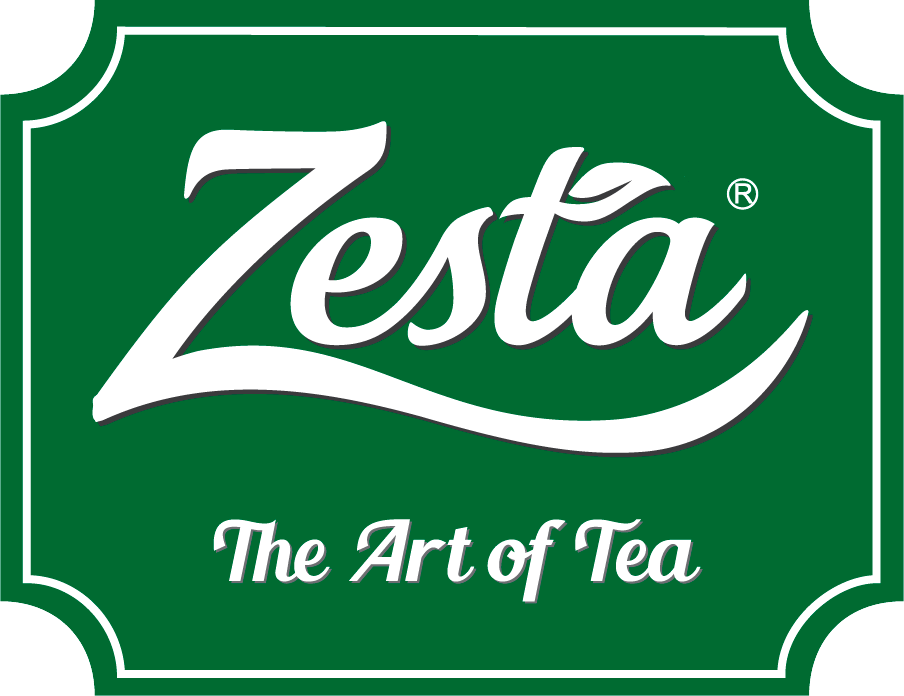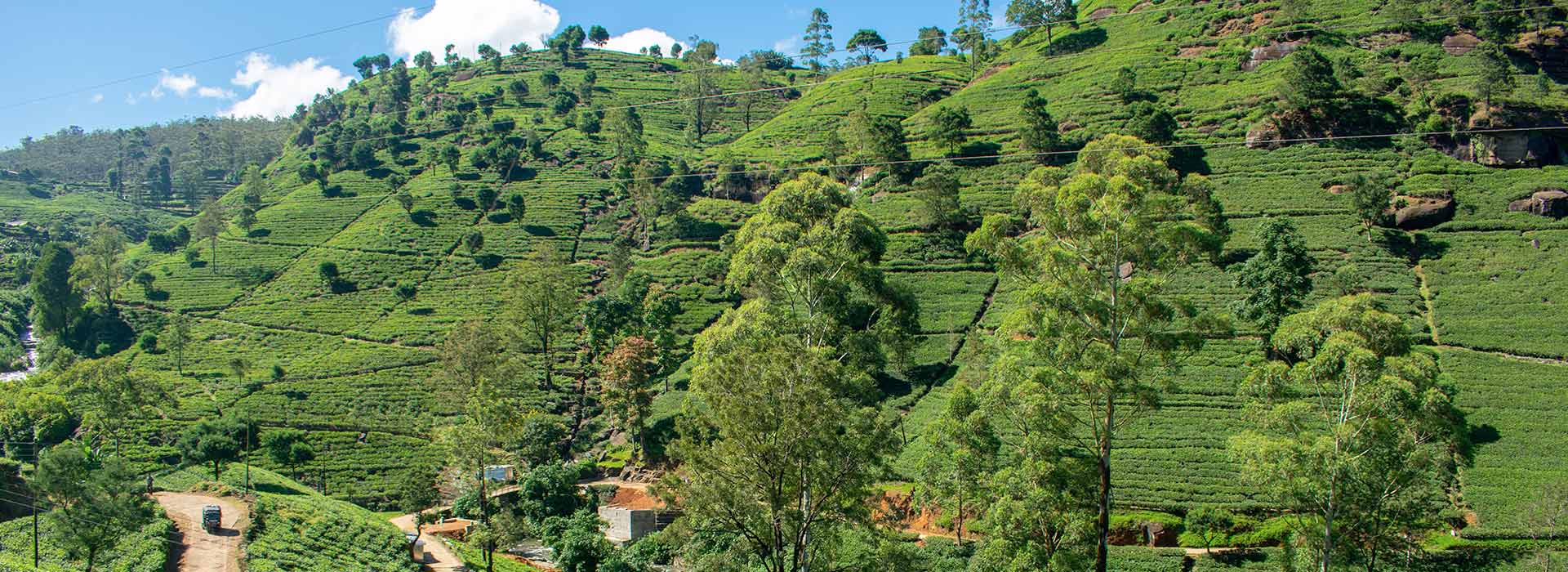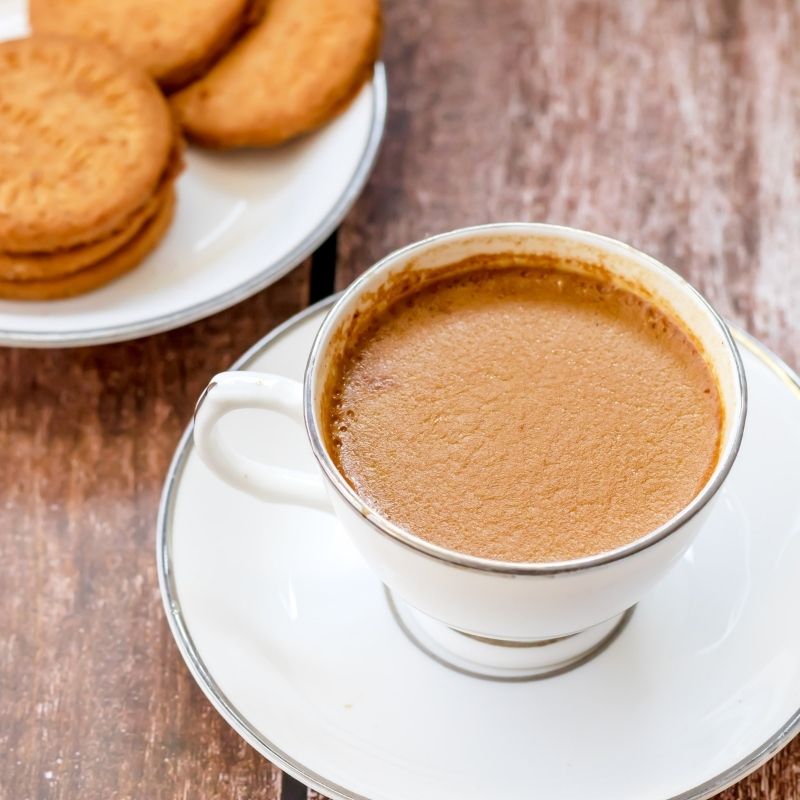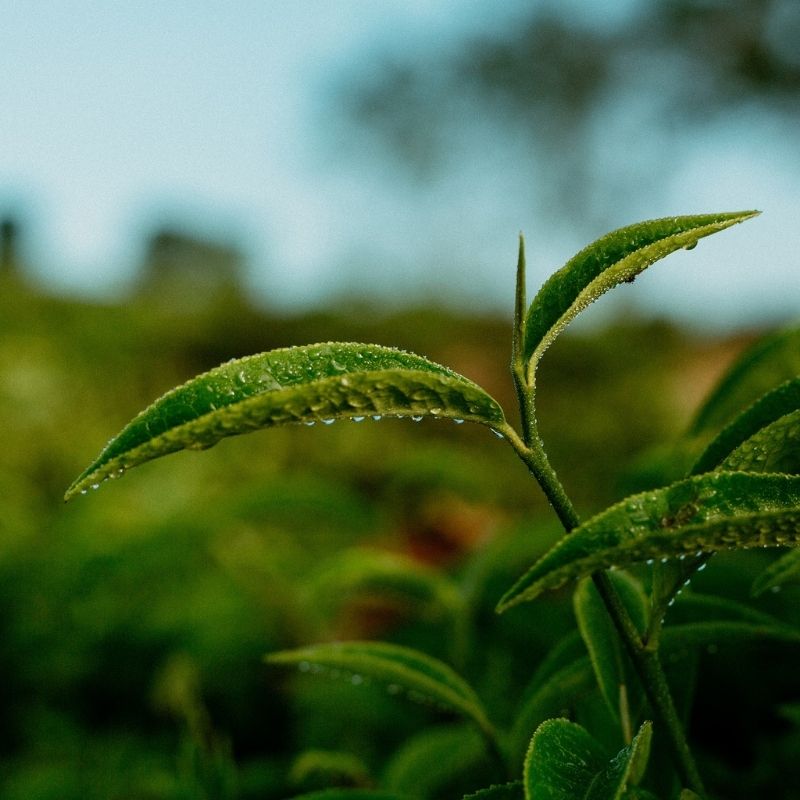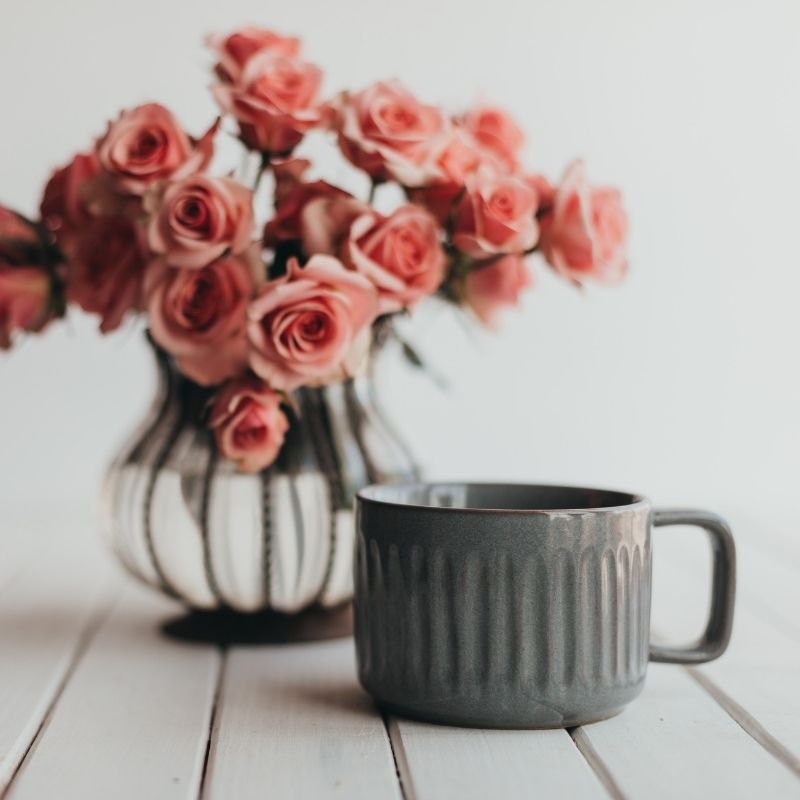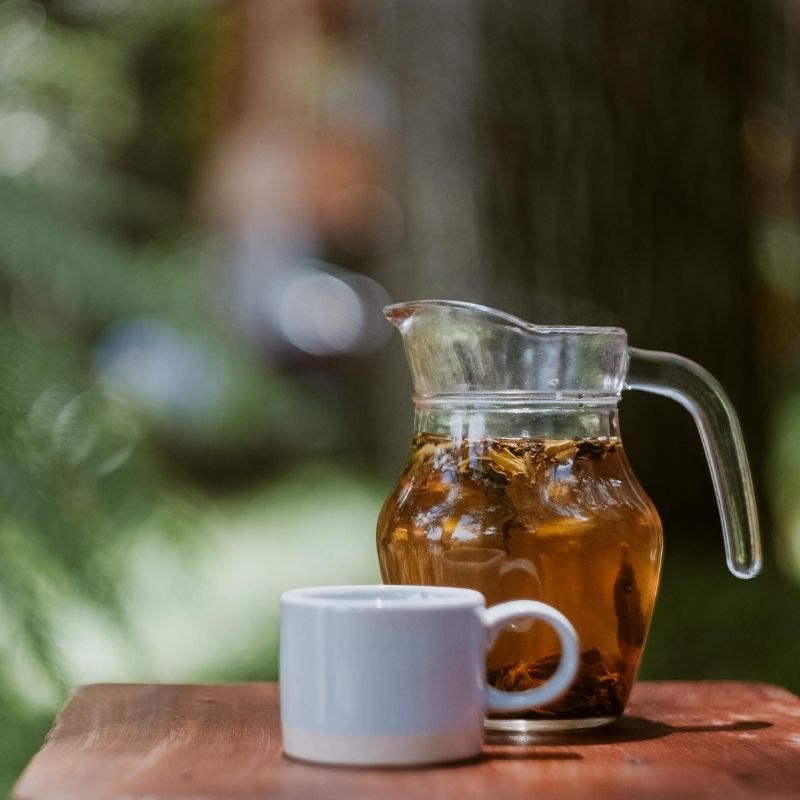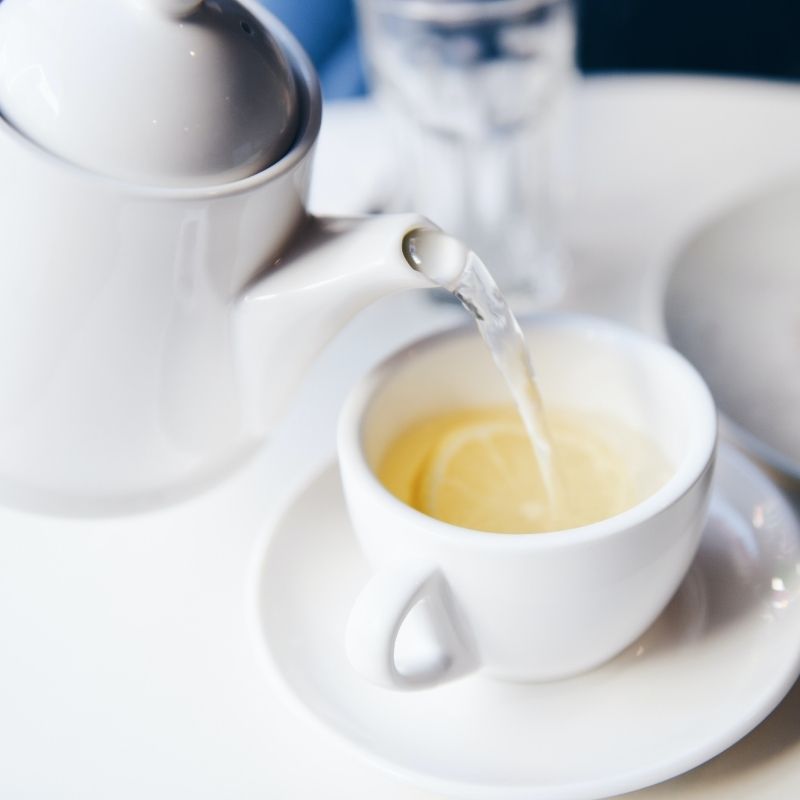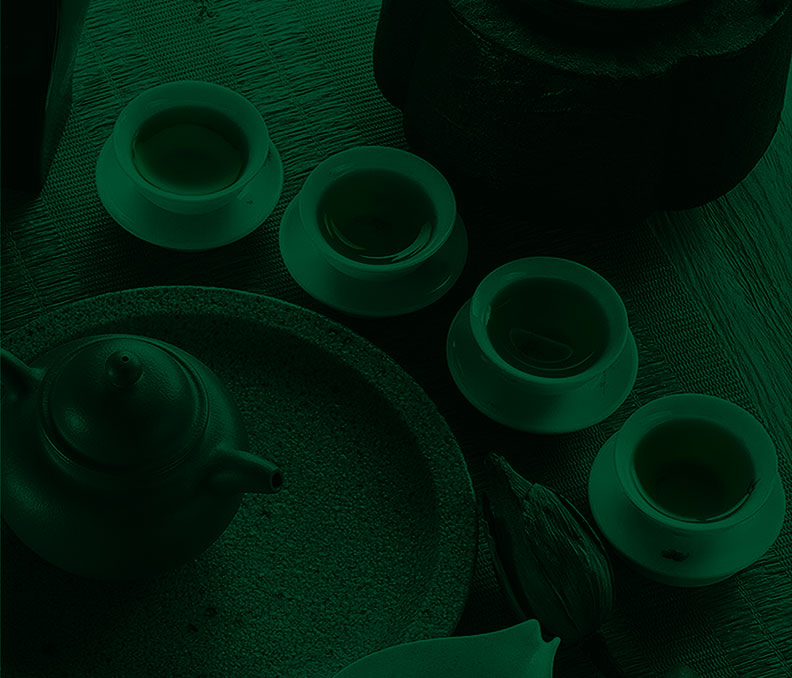Around the world, Ceylon tea has become a household name and a trademark name for high-quality tea. Even after independence in 1970, the demand for Ceylon tea continued to grow, until the island became the largest exporter of tea.
Origins
Tea was initially first discovered in China, approximately 5,000 years ago by Emperor Shen Nung. In 1824, the first tea bush was planted in Ceylon (the former name for Sri Lanka). It wasn’t until the turn of the 19th century, that tea was became popular around the world, especially Ceylon tea.
Ceylon Tea
Ceylon tea is famed for its outstanding quality and superior, unparalleled taste and variety of tea. According to the 2017 EU Surveillance Report, Ceylon tea was marked as the cleanest tea in the market with regard to the pesticides and other chemicals usually found in tea. In 1997 and 1999, ISO declared Ceylon tea as the cleanest as well when it came to pesticide residue. The island was also the first to achieve the status of being “Ozone Friendly Tea” by the Montreal Protocol Treaty.
The Lion Logo
The legal branding of ‘Ceylon Tea’ is denoted by the iconic Lion logo, which is also represented in the national flag of the country. Any tea that is grown and manufactured in Sri Lanka has to adhere to stringent standards of quality that are set out by the Sri Lanka Tea Board. Any tea marked with the Lion logo represents quality tea that is Sri Lankan, i.e. it’s not mixed with tea from anywhere else in
the world. Any tea with the lion logo should also be packed in Sri Lanka before being exported or distributed.
There are five areas where tea is grown in Sri Lanka, each yielding a different flavour and taste of tea. Tea originated from the Camellia Sinensis plant, but it’s the weather, soil and elevation of the tea plantation that brings about this change in flavour and taste.
Ceylon black tea is world renowned and the most popular in the market. Tea leaves are plucked by the skilled hands of tea-pluckers, where only two leaves and the bud is nipped off. Once the leaves are collected, they are then left to wither, before being rolled, fermented, dried and finally sifted. Once the sifting process is complete, they are separated into different grades of tea. Each grade of black tea has different colours and intensities.
Green tea is the second most popular type of Ceylon tea. Once plucked from the same Camellia Sinensis bush, the leaves are withered, heated and then rolled, before being dried and sifted. To make green tea, the process of fermentation is skipped.
White tea is a special and exclusive type of Ceylon tea and quite possibly the most expensive due to its rarity. White tea is often referred to as Silver Tips. To make white tea, only the buds from the tea plant are plucked at dawn. They are hand rolled individually and not fermented. White tea is light in colour and subtle when compared to Ceylon black tea, and is packed with more antioxidants than the other two types of tea, thus making it one of the healthiest beverages.

